The Lamborghini Diablo turns 35 this year, and the Italian performance car specialist is commemorating the icon status of one of its most loved and desirable models.
Conceived as a successor to the also-iconic Countach, the Diablo heralded a new era for the Lamborghini brand and became the world’s fastest road car when it was released, hitting 337km/h around the famous Nardò circuit.
At launch, the Diablo was powered by a 5.7-litre V12 developing 362kW of power and 580Nm of torque, which was enough for a claimed 0-100km/h time of “around 4.5 seconds”. It was the first production car to use carbon-fibre in its body construction, mixed in with aluminium and steel to deliver “unprecedented driving dynamics” at the time.
Other headline features included luxury items like adjustable seats, electric windows and an Alpine audio system, Lamborghini says the Diablo marked the first time its supercars combined “outstanding performance and innovative comfort”.
CarExpert can save you thousands on a new car. Click here to get a great deal.
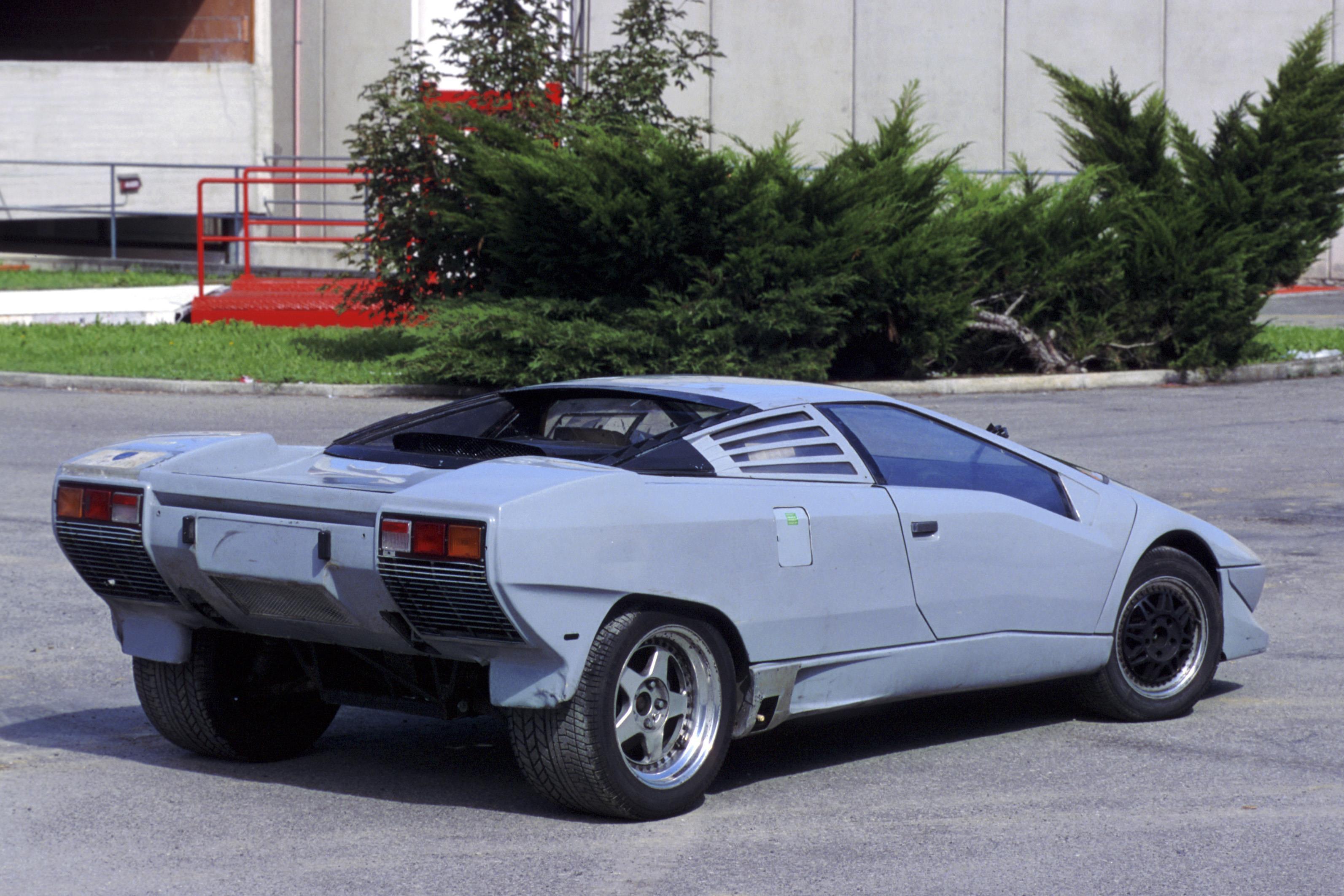
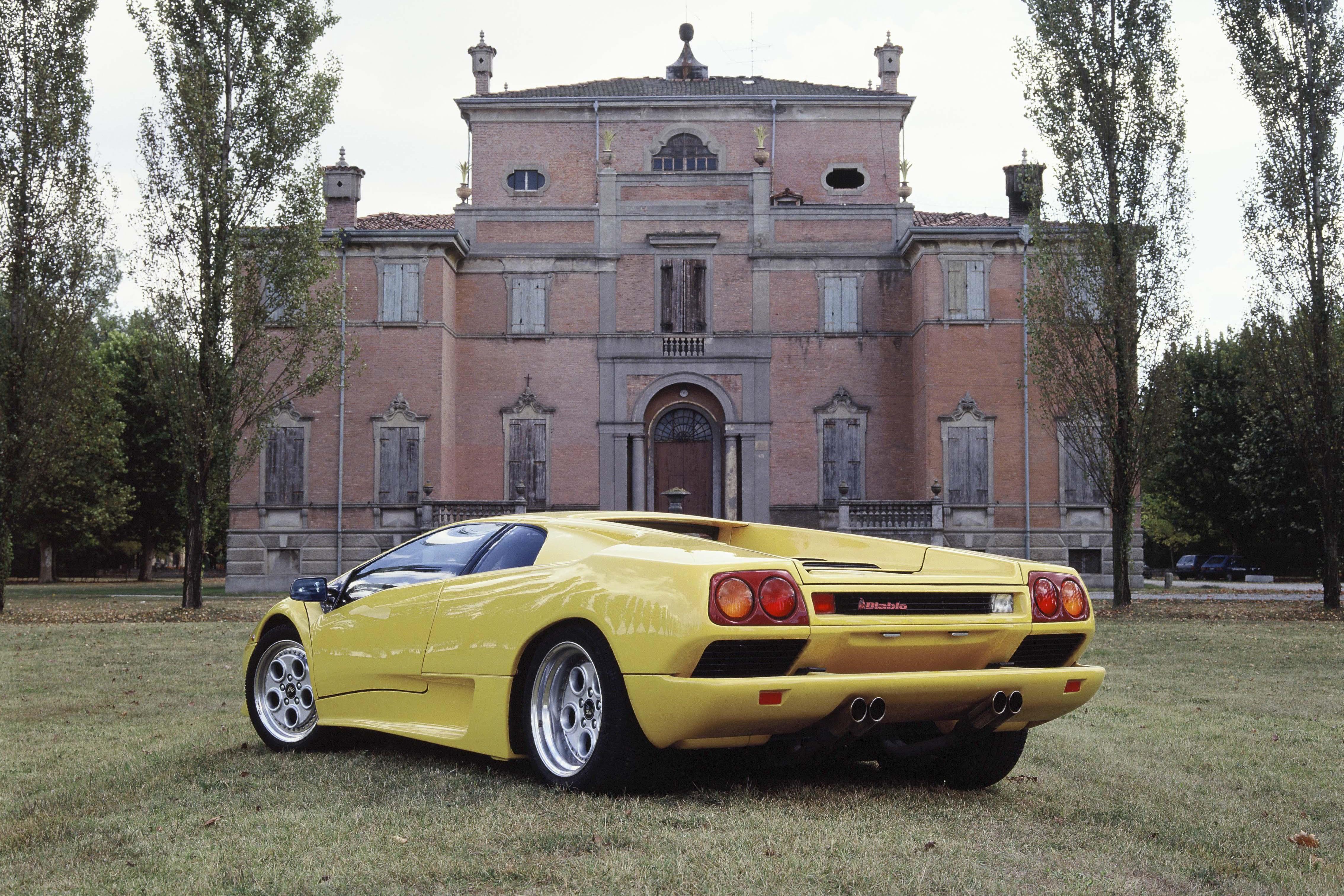
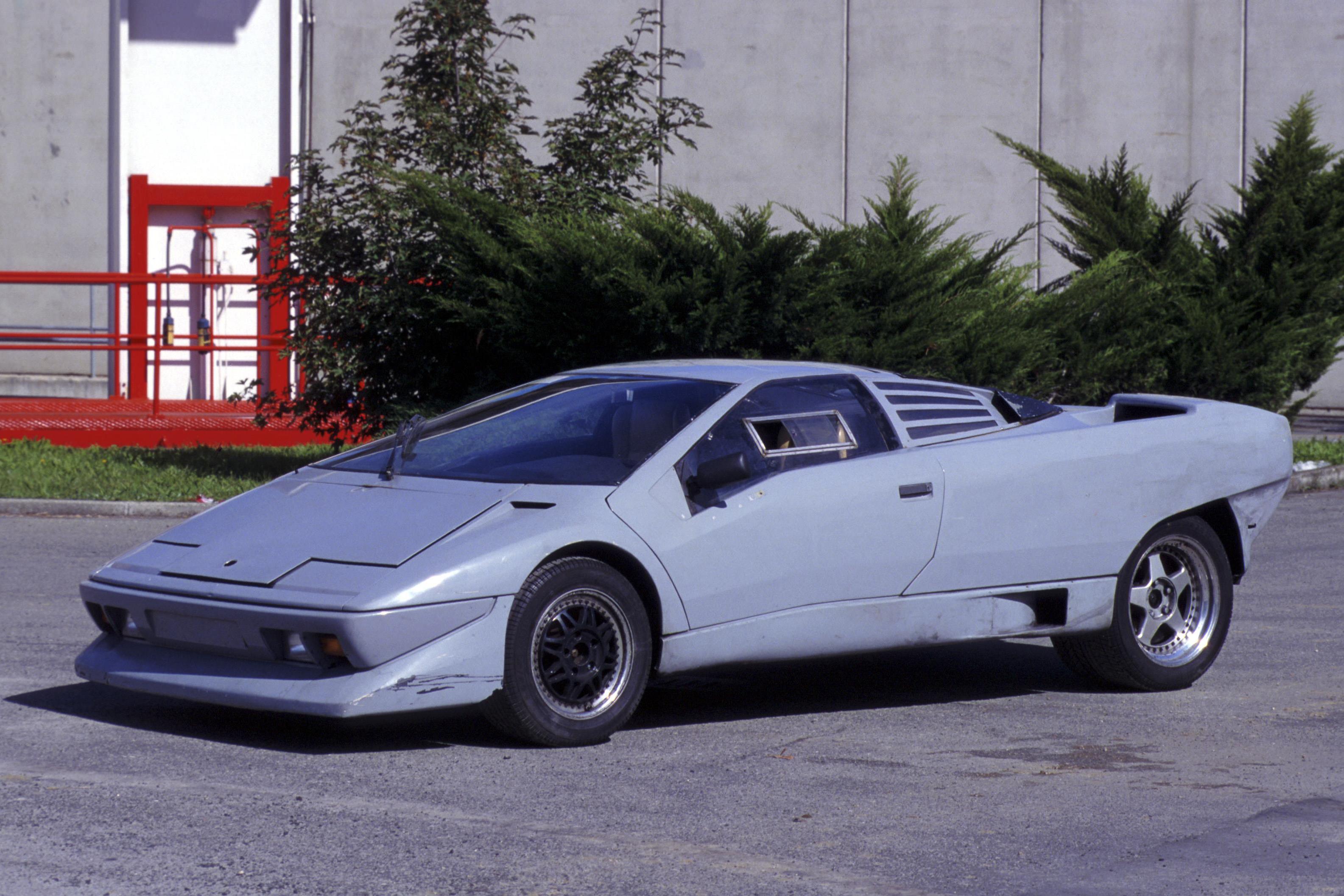
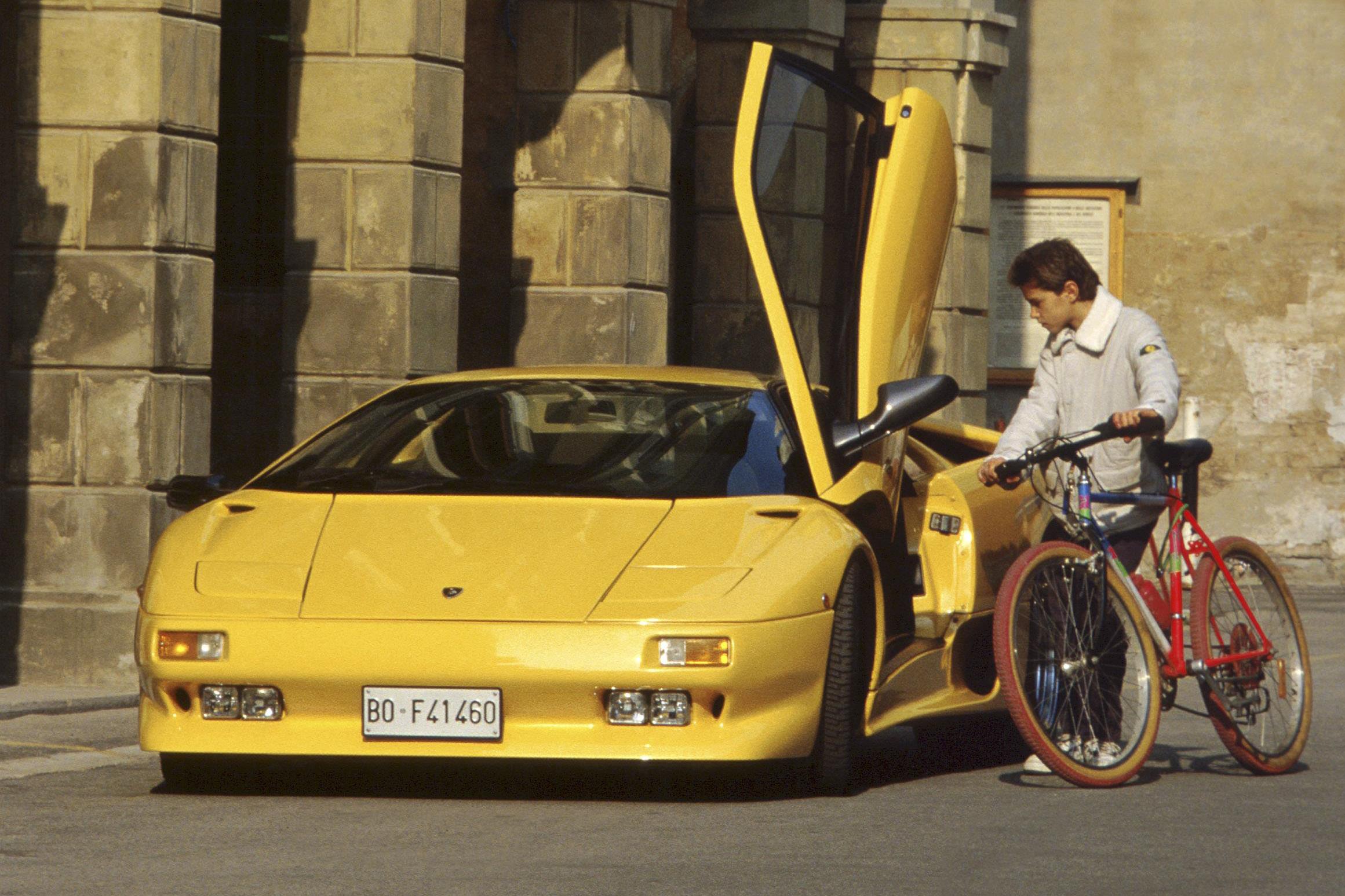
The Diablo’s story started around five years before its release, with ‘Project 132’ manifesting prototypes with “sharp, visionary lines” that were revised following the brand’s partnership with America’s Chrysler in 1987.
Once in bed with the US giant, Lamborghini refined the design of the Diablo to add “harmony and a future-oriented vision”, resulting in the supercar’s distinctive scissor doors, muscular proportions, and striking rear-end, to go with its improved cabin comfort.
Following its reveal at the opening of the 1990 Monte Carlo Rally, the Diablo would be produced for over a decade, including a number of variants for the road and the track, which boasted even more powerful engines and performance stats.
The Diablo name comes from a famous Spanish fighting bull, in typical Lamborghini parlance. In 1869, Diablo fought for hours against José de Lara, a matador known as El Chicorro, linking the supercar’s heritage to a Spanish legend.
Notable moments for the Diablo include the addition of all-wheel drive in 1993 with the introduction of the Diablo VT, which would become a typical feature of the marque’s future V12 supercars.
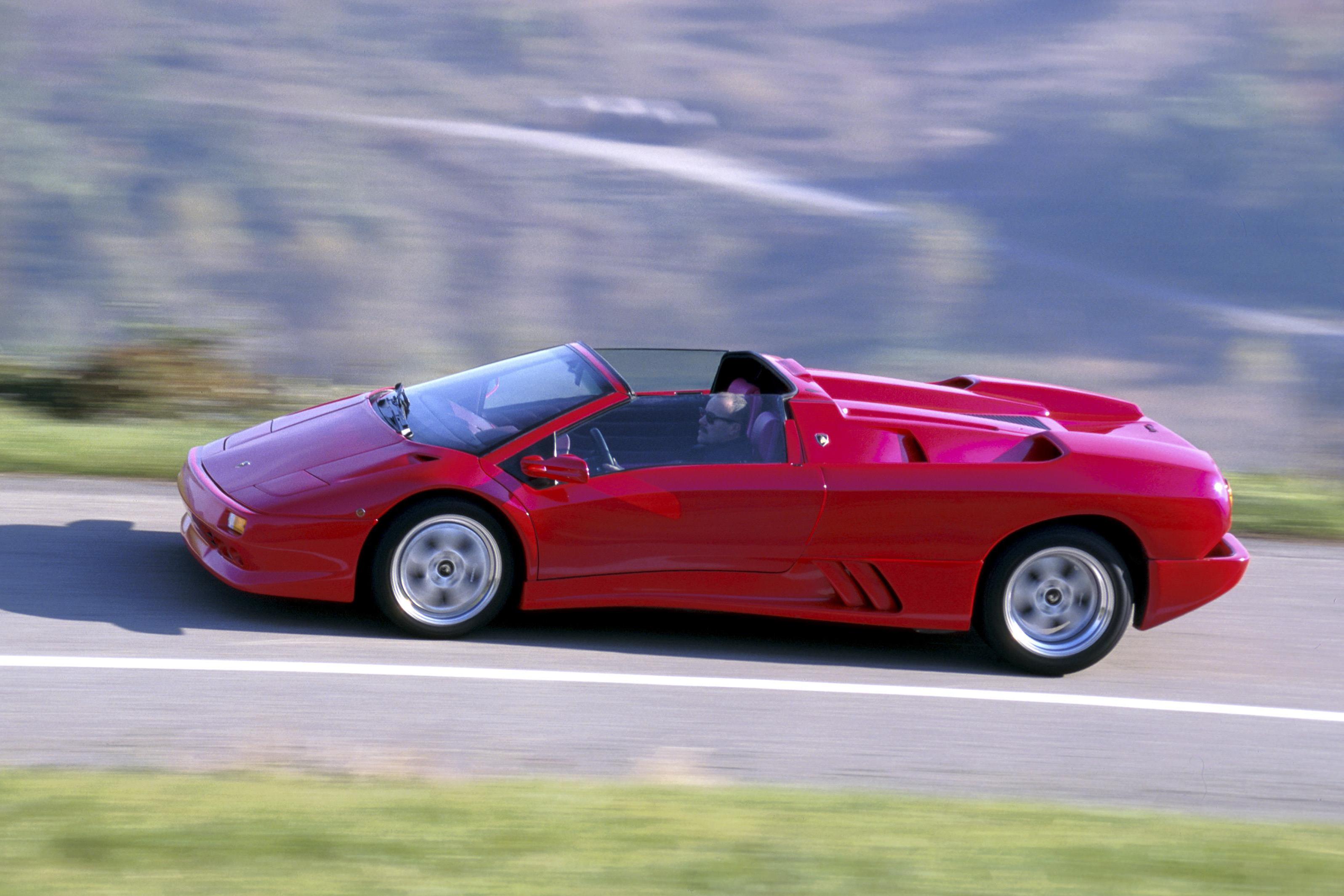
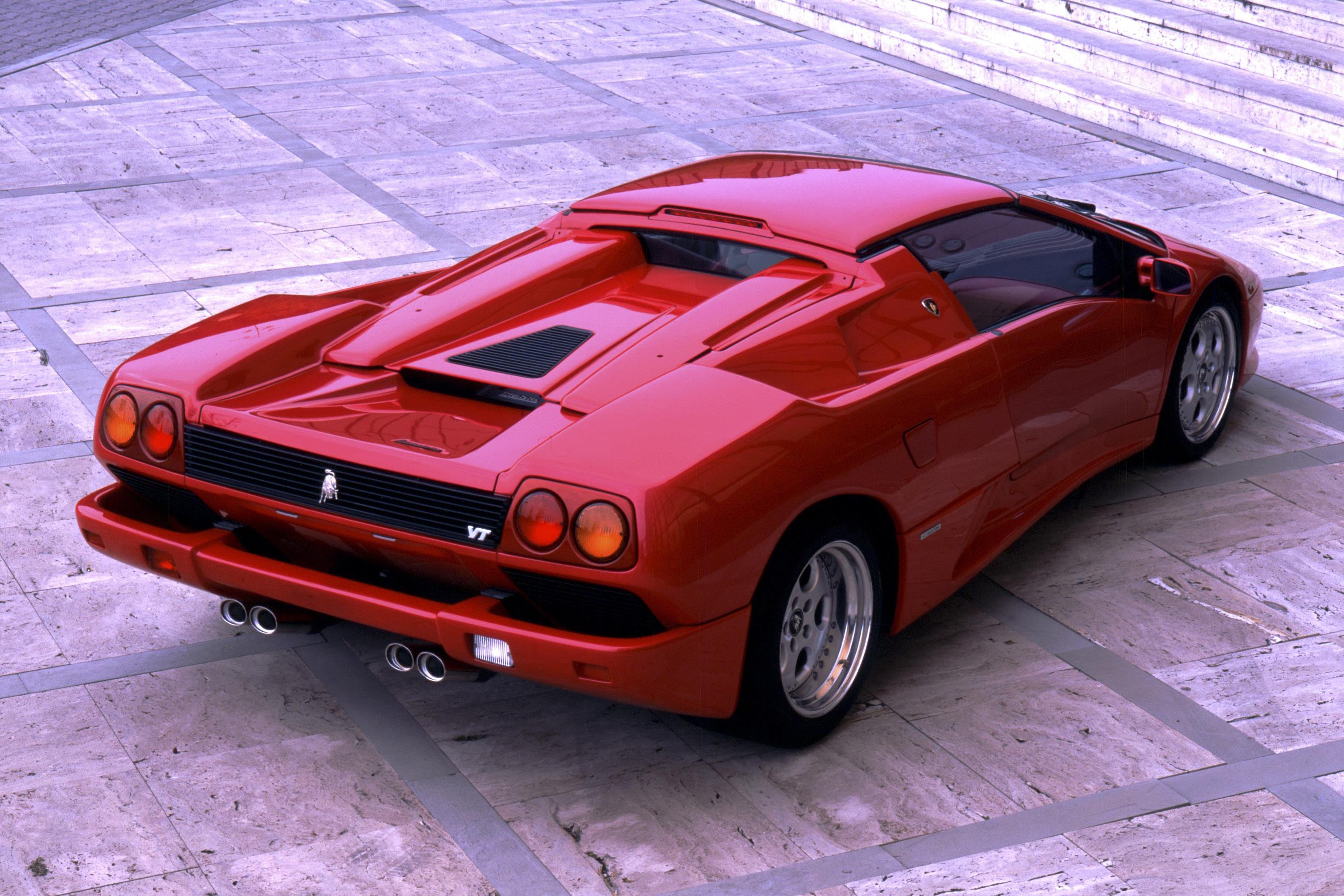
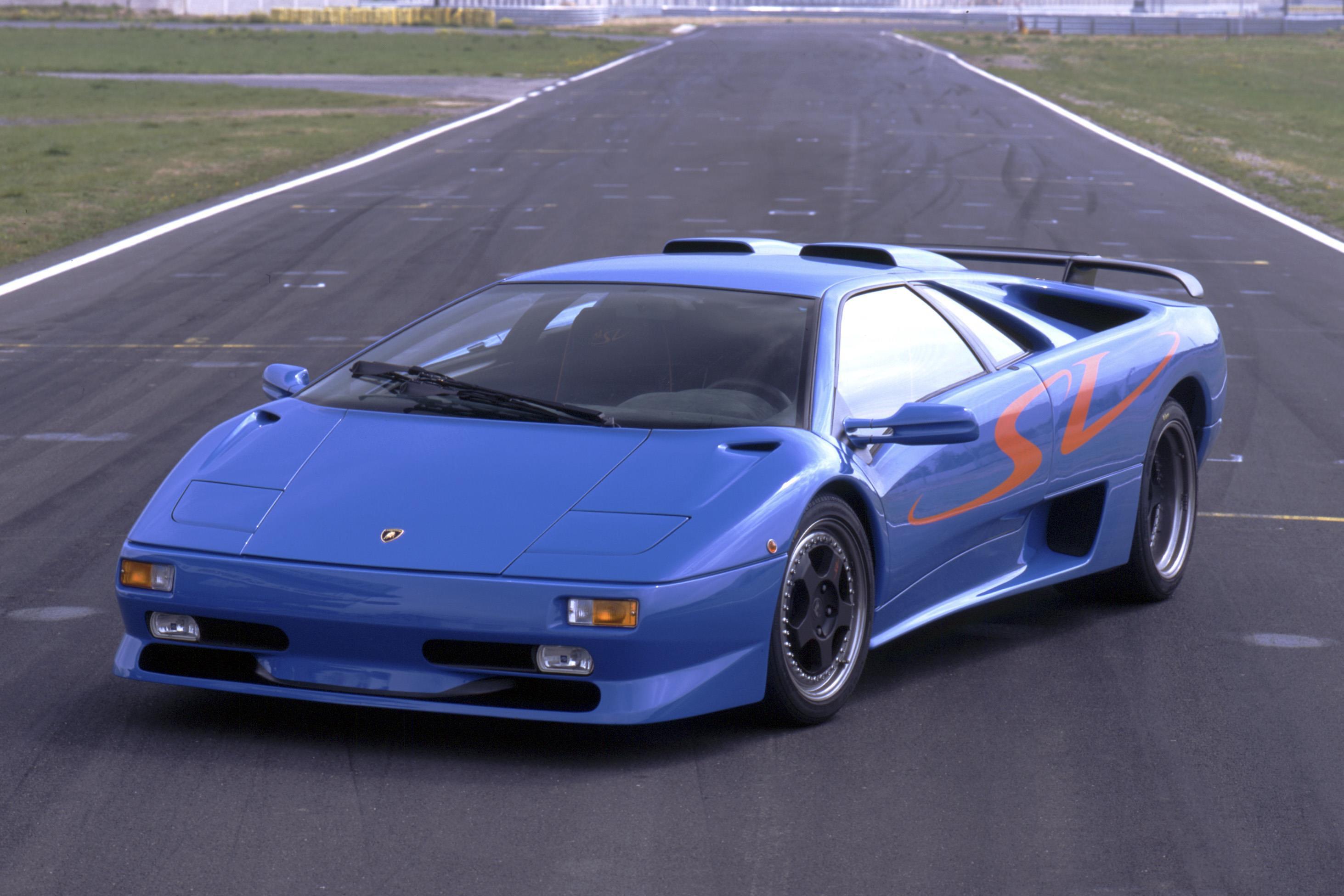
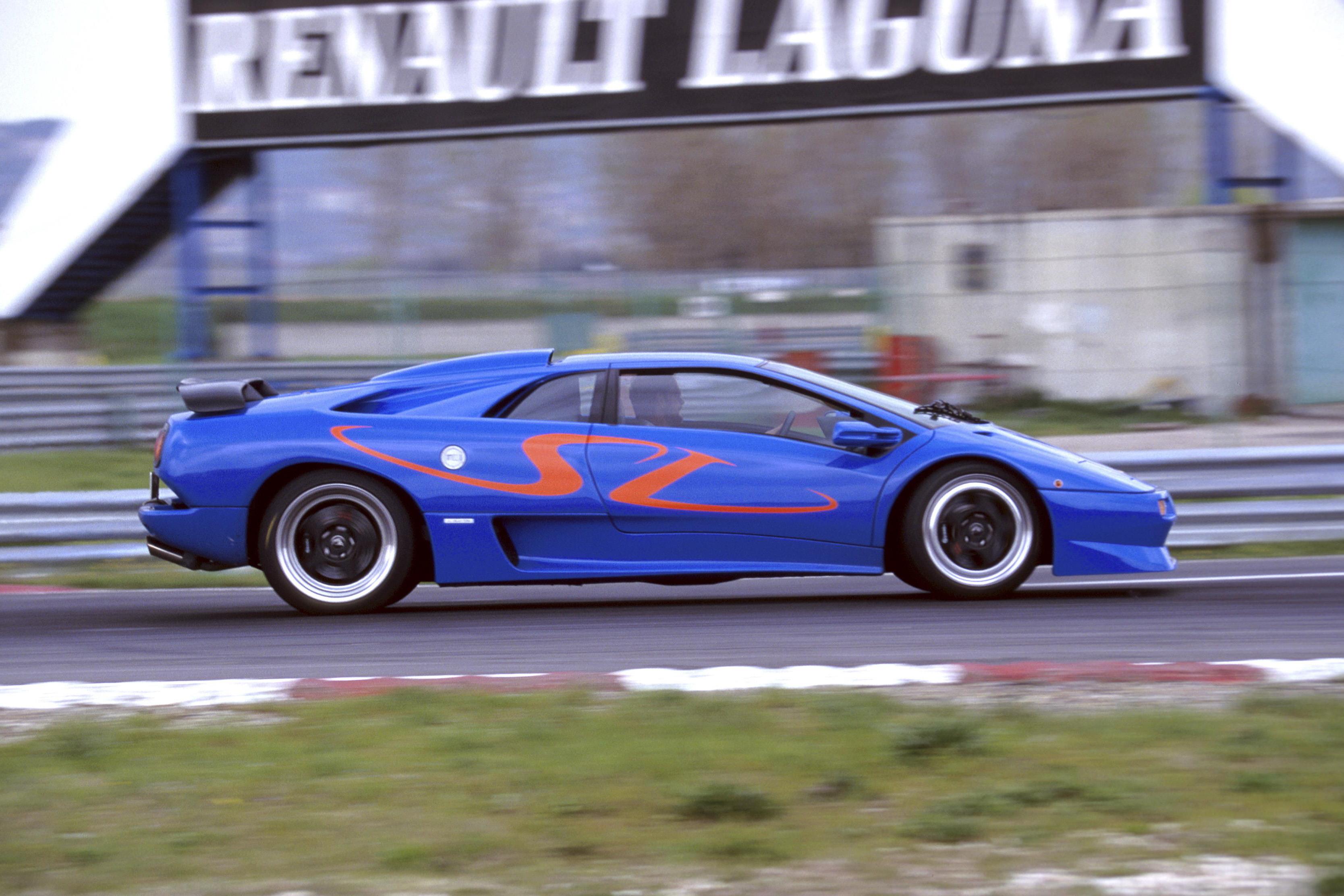
Above: ’95 Diablo VT Roadster and ’95 Diablo SV
In the same year, Lamborghini introduced the Diablo SE30 in honour of the company’s 30th anniversary, boosting the 5.7-litre V12’s power output to 386kW, which was then bettered to a thumping 438kW in the subsequent Jota flagship. 1995 saw the launch of the Diablo VT Roadster, paving the way for open-top versions of Lamborghini’s V12 supercars.
The Diablo underwent a significant redesign in 1998, following the Italian marque’s acquisition by Audi. This brought fixed headlights instead of the original’s pop-up units, ABS, and the V12 engine’s growth in displacement to 6.0 litres.
Variations of the facelift included the ’99 Diablo GT, VT 6.0 and 6.0 SE. The latter two marked the final evolution of the Diablo’s design, penned by none other than Luc Donckerwolke – who was brought on as the company’s first chief designer under Audi ownership.
The Diablo also saw multiple motorsports ventures as well as a number of cameos in Hollywood and video games. In 1996, the Diablo SV-R starred in a one-make championship, which sparked a 32-unit production run for the track special.
This also spun off a pair of 481kW Diablo GT1 Stradale prototypes. They were followed by the Diablo GT-R track special built in “40+1 units”, which competed in the Japanese JGTC and European GT series.
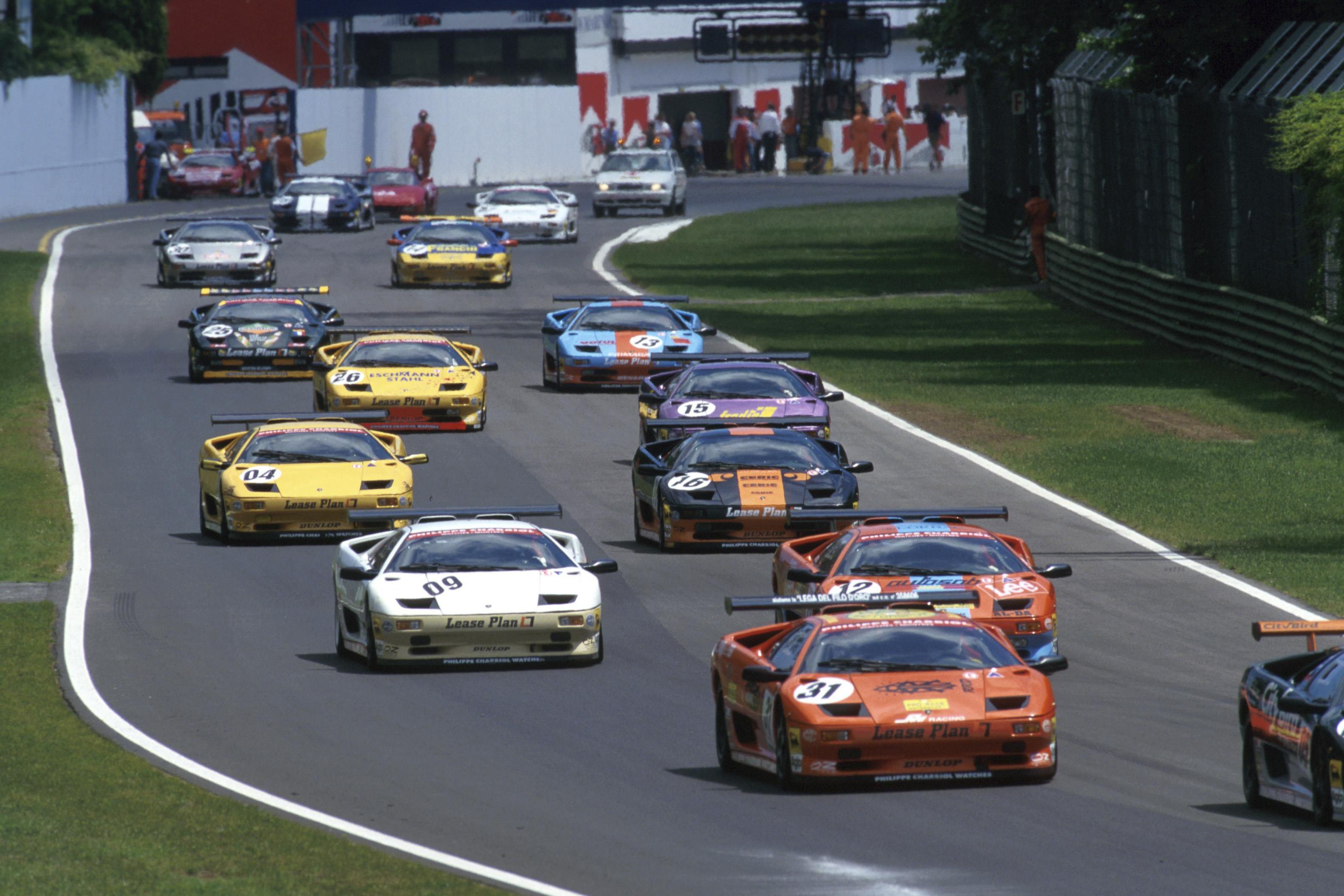
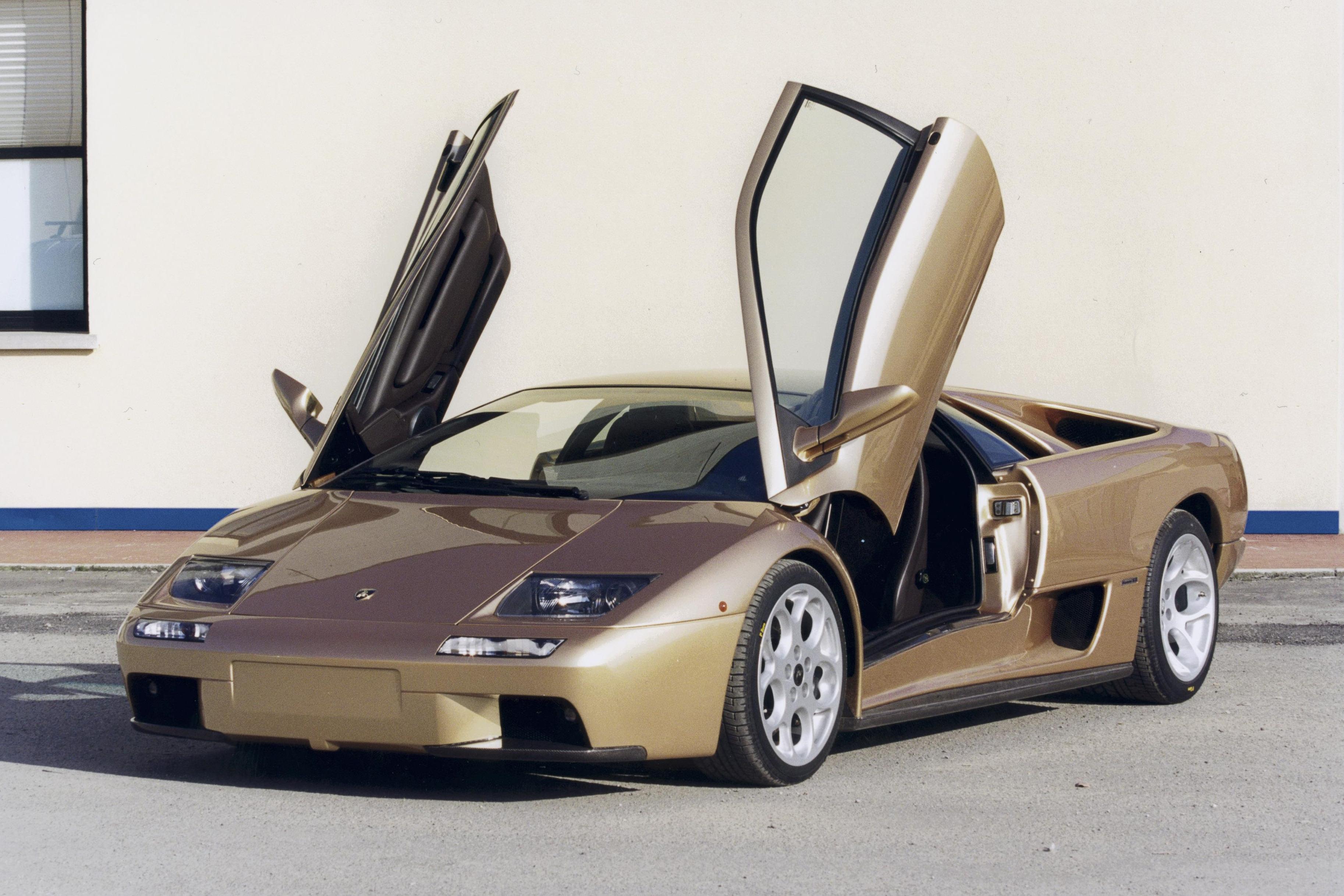
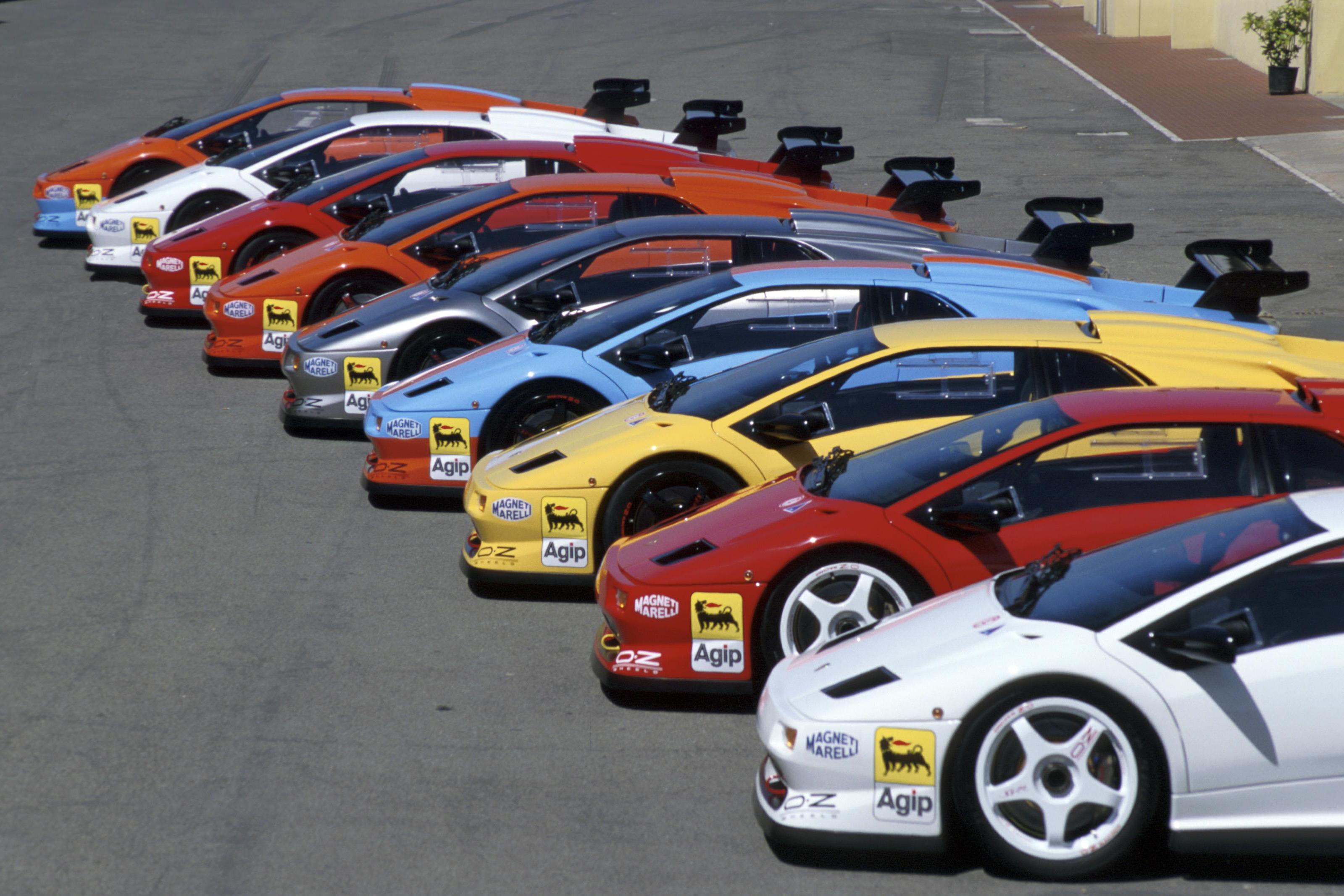
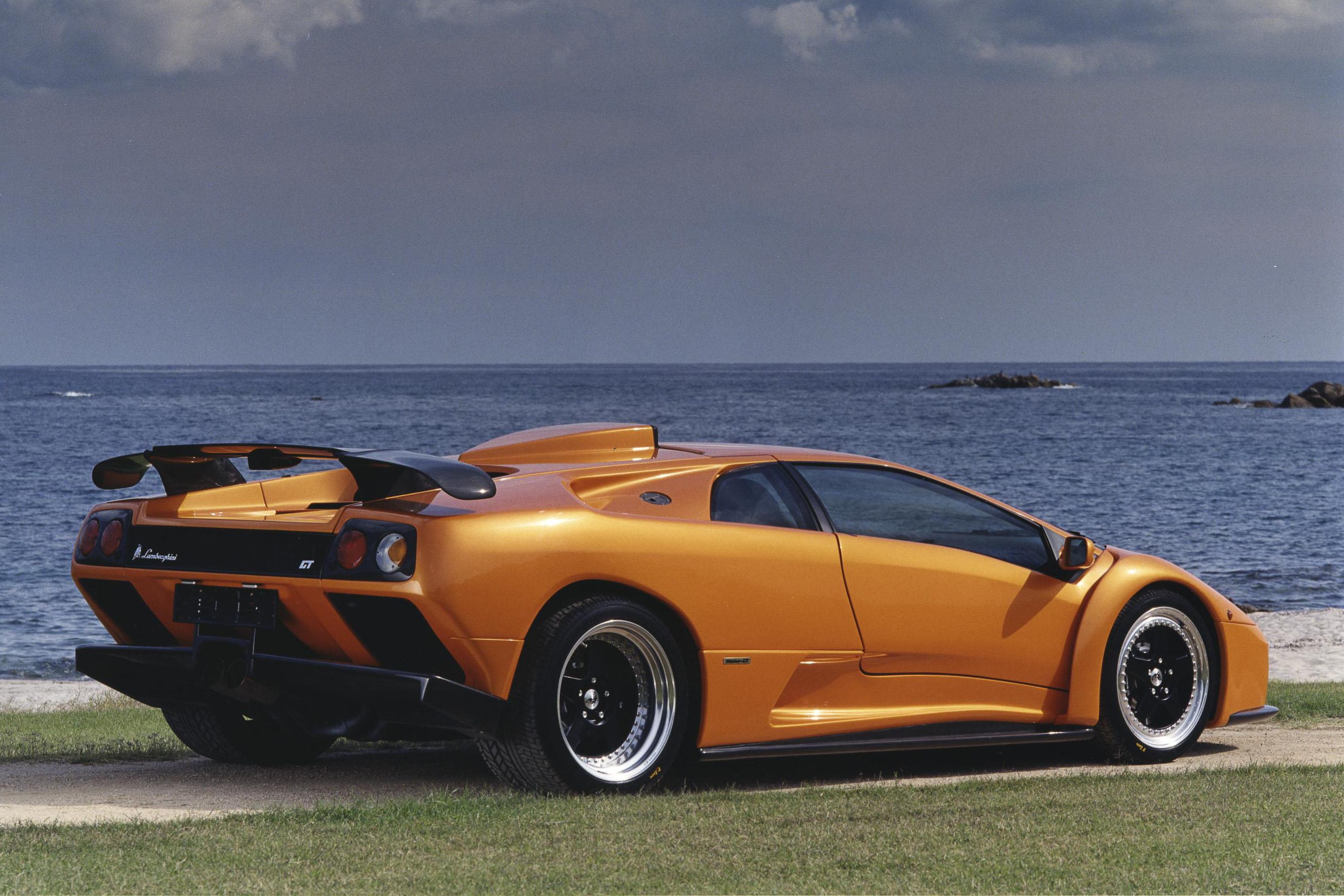
Headline movie and TV cameos include the red Diablo driven by Jim Carrey in Dumb and Dumber (1994) as well as appearances in Exit Wounds (2001) and Die Another Day (2002). The Diablo also appeared in series including Smallville, Nip/Tuck and Blue Mountain State.
As noted earlier, the Diablo has also starred in a number of leading video game titles including Need For Speed since the 1990s, no doubt helping it achieve icon status among a generation of young petrol-heads – including this author.
Lamborghini says the Diablo pre-empted the philosophy behind its modern Ad Personam bespoke program. Buyers could choose from over 60 available colours, of which 40 could be customised.
Red was the most popular Diablo finish during its 11-year production run, with over 550 units produced in this colour. At the end of its life, 2903 Diablos had rolled off the production line, setting an all-time sales record for Lamborghini until 2001.
The Diablo was succeeded by the Murciélago, which commenced production right after the Diablo wrapped up in 2001, and was also penned by Mr Donckerwolke.
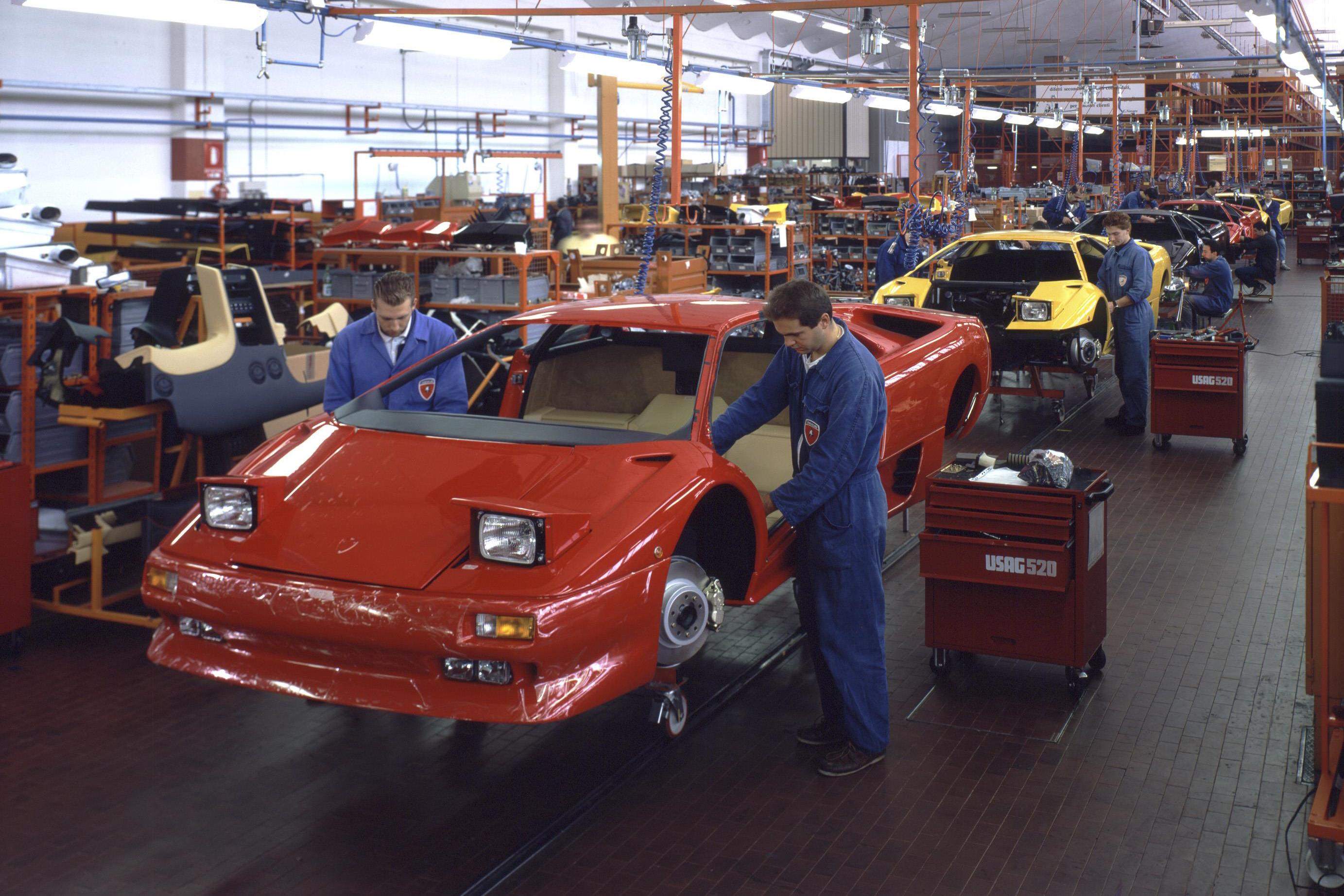
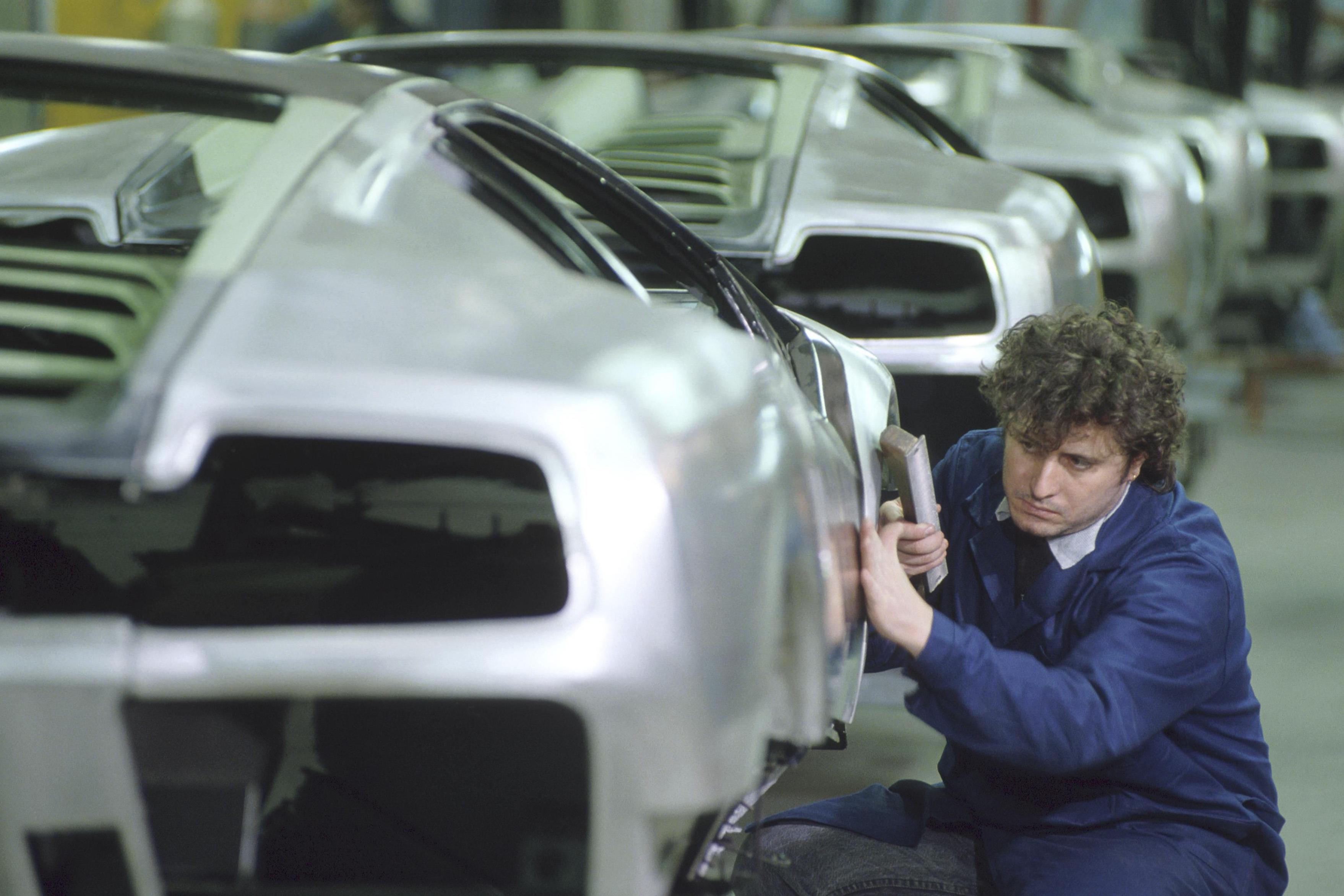
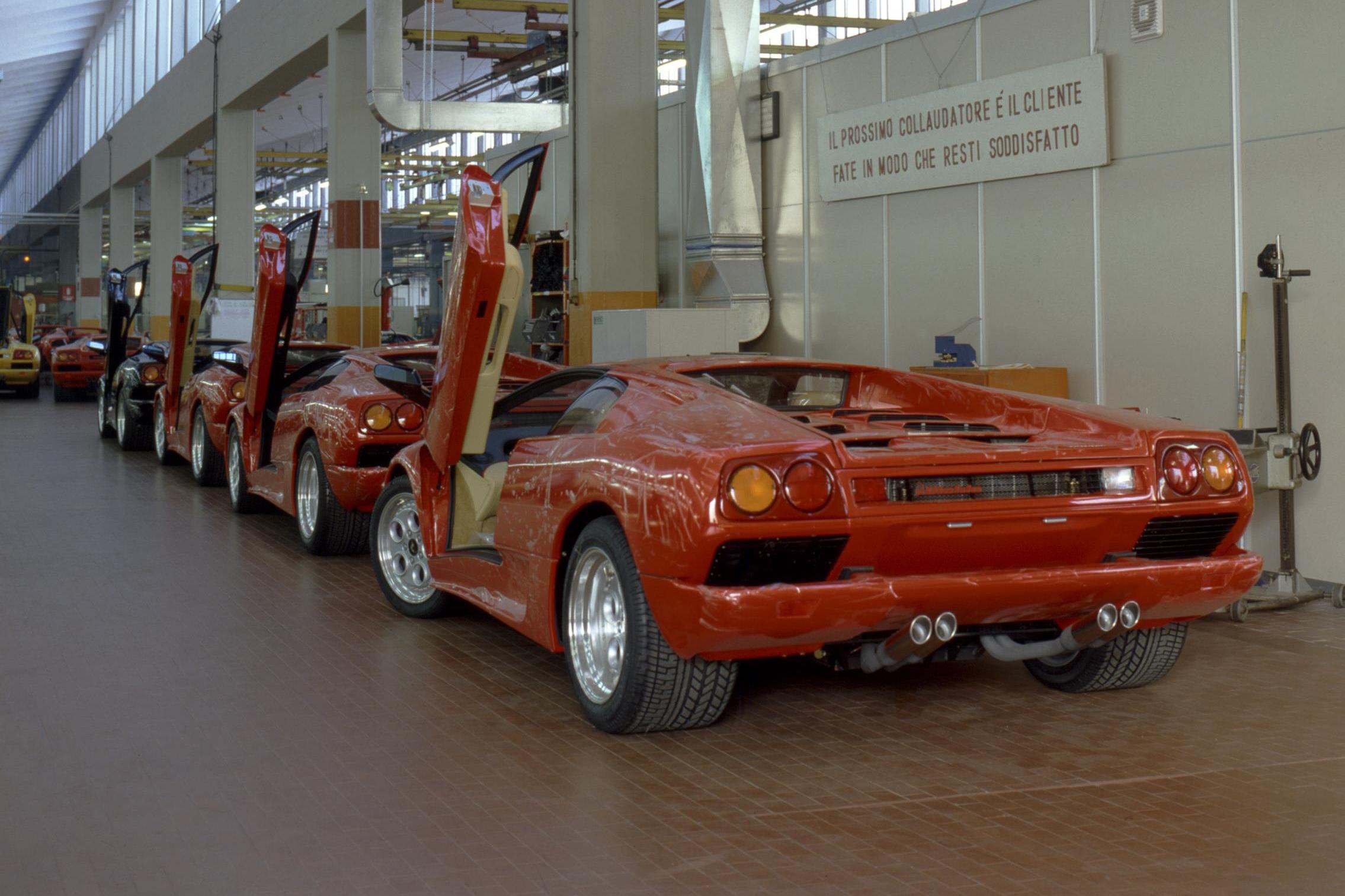
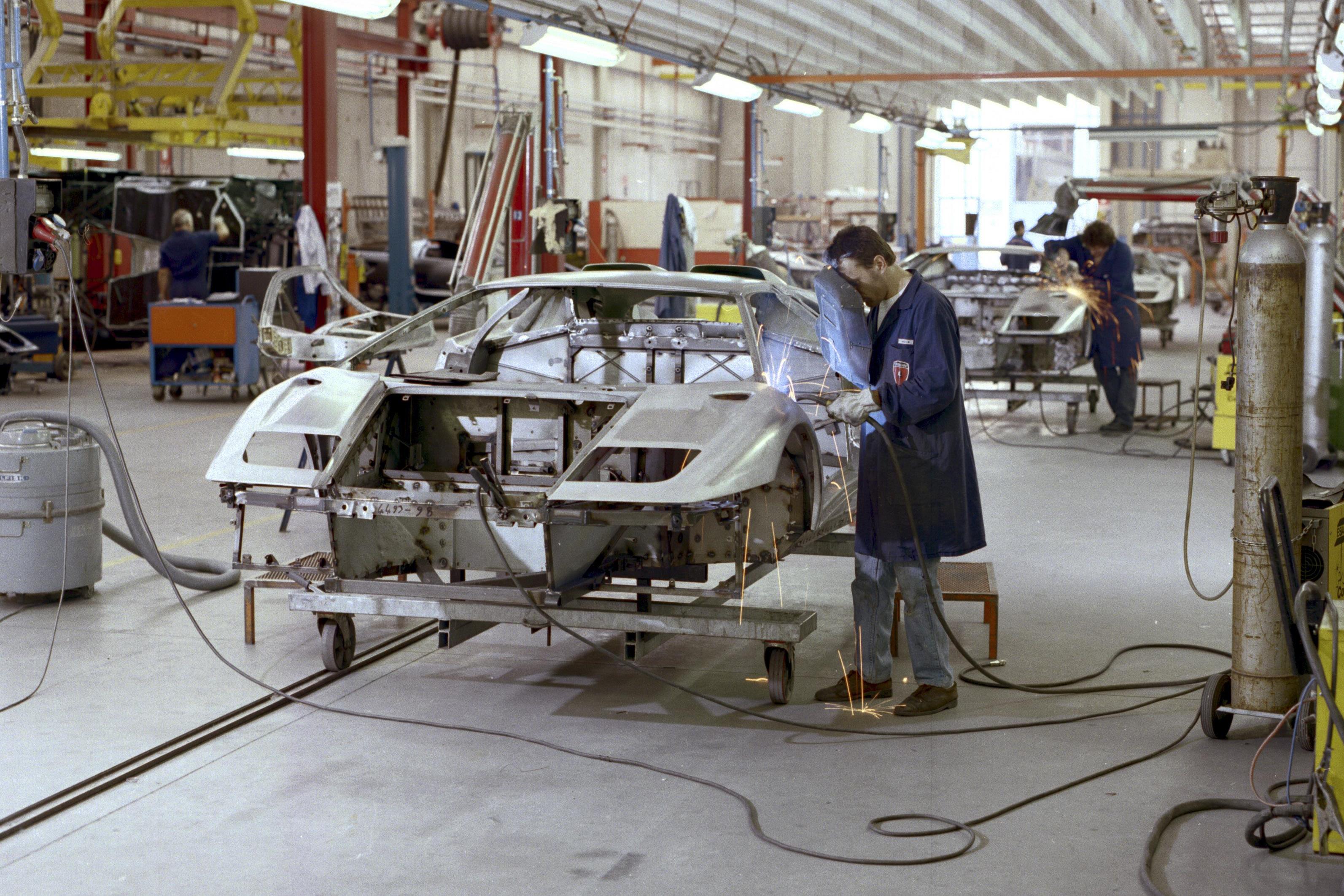
Click the images for the full gallery

